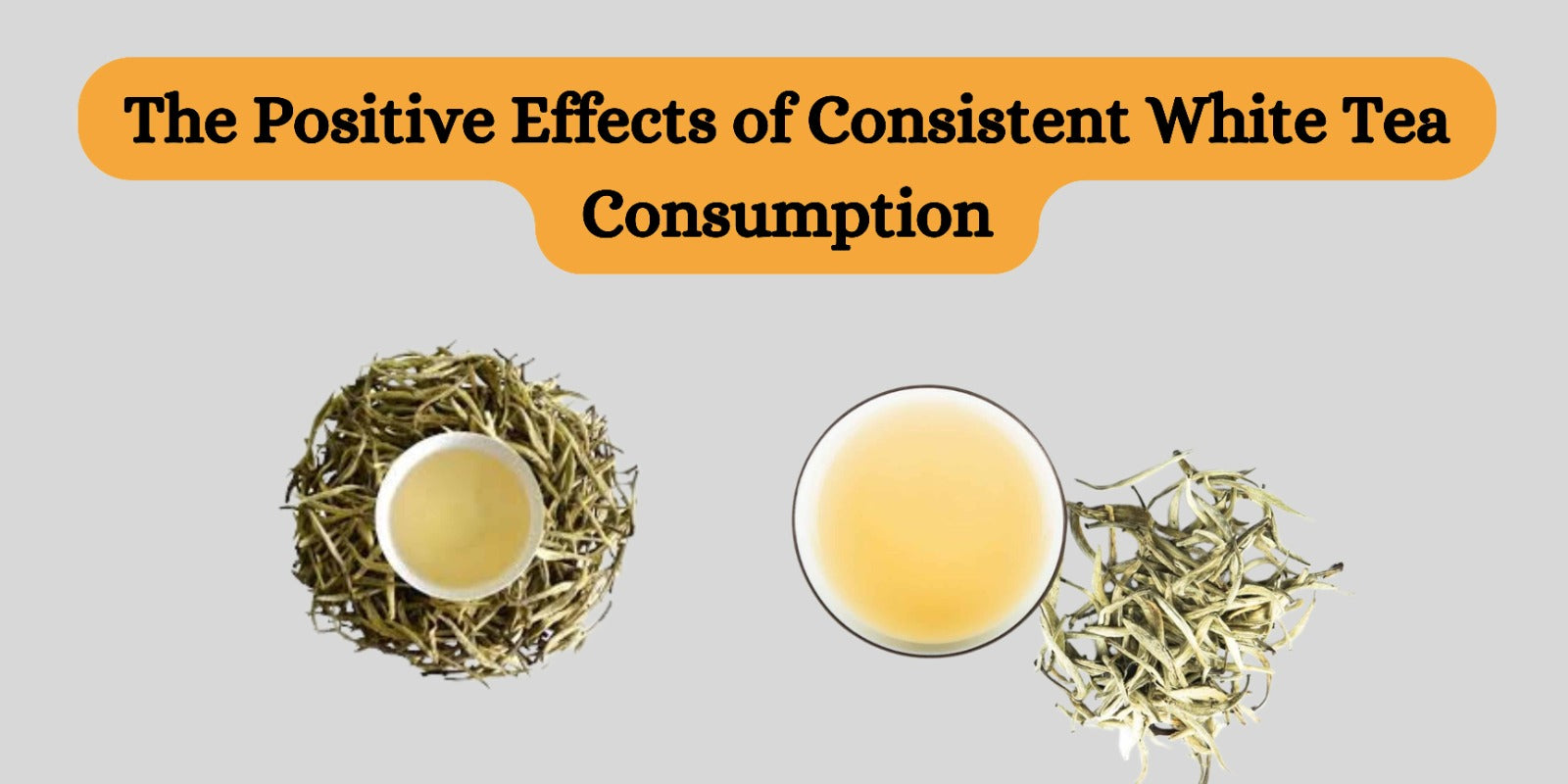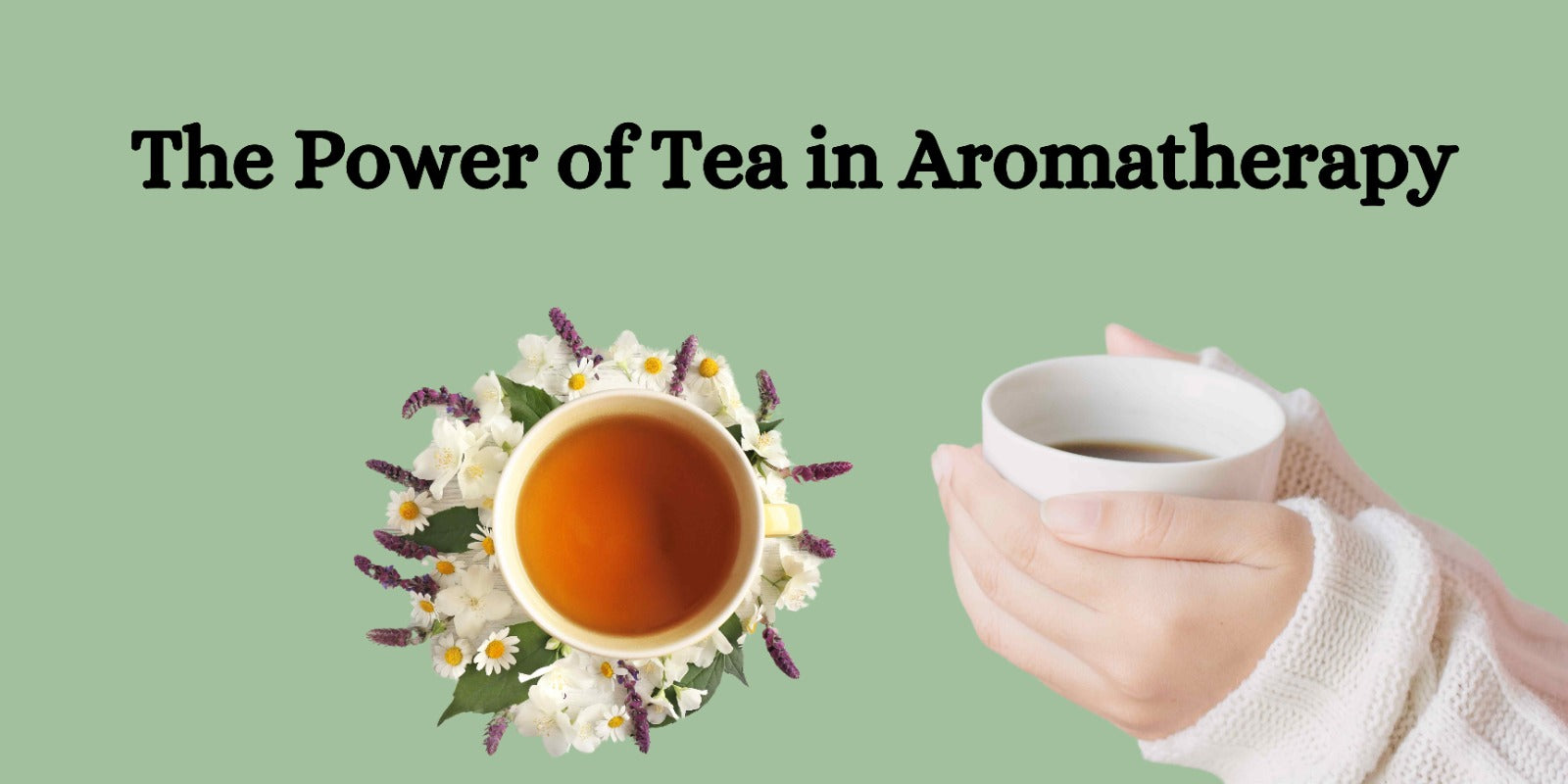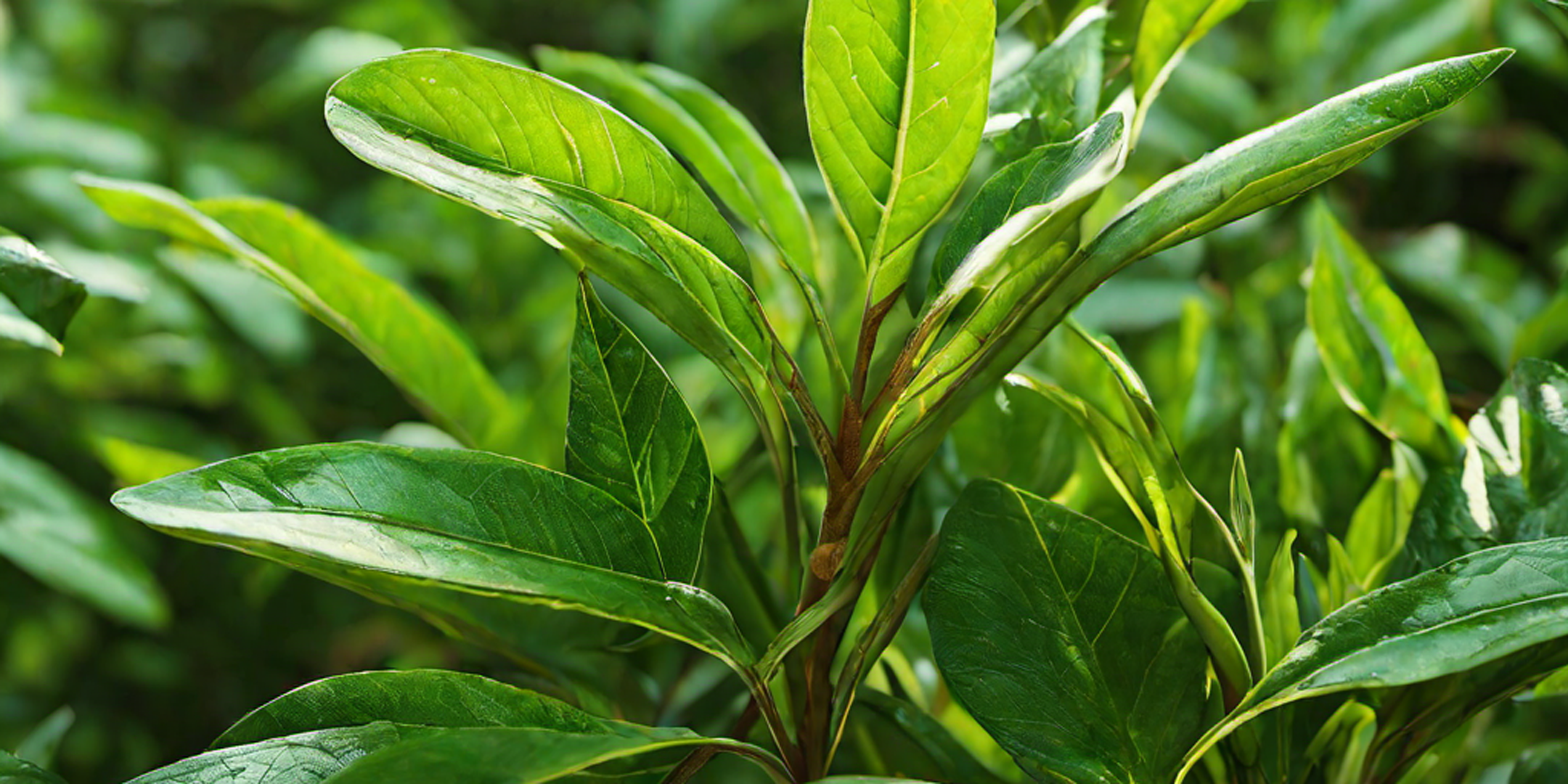Afternoon tea is a cherished British tradition that has evolved into a popular social activity worldwide. Once a simple solution to a mid-day hunger gap, it has since become a sophisticated and stylish occasion enjoyed by many. Whether served in high-end tea rooms or at home with loved ones, afternoon tea has a rich and fascinating history dating back to the 19th century. In this blog, we’ll explore the journey of afternoon tea from its humble beginnings to its present-day trend.
The Birth of Afternoon Tea
The custom of afternoon tea was first introduced in England in the 1840s by Anna, the Duchess of Bedford, a close friend of Queen Victoria. At that time, the British ate only two main meals—breakfast in the morning and dinner late in the evening. Like many, the Duchess often found herself feeling hungry during the long gap between meals. To bridge this gap, she requested a tray of tea, bread, butter, and cake to be served in her private quarters in the afternoon.
Over time, the Duchess began inviting friends to join her in this afternoon ritual. It became a leisurely affair where light refreshments were served, along with gossip and good company. Word quickly spread, and soon, other members of the aristocracy began adopting the practice, marking the birth of what we now know as afternoon tea.
Afternoon Tea Becomes a Social Event
By the late 19th century, afternoon tea had transformed from a simple hunger fix to a fashionable social occasion. For the upper class, it became a time to dress up in fine clothes, gather in drawing rooms, and engage in conversation. It also provided an opportunity for families to showcase their finest china and silverware.
The afternoon tea menu became more elaborate as well. In addition to tea, a spread of light sandwiches, scones with clotted cream and jam, and sweet pastries were served. The event became as much about socializing and showing off wealth as it was about drinking tea.
The Elements of Traditional Afternoon Tea
A typical afternoon tea service consists of three parts:
- Savory Bites: Usually finger sandwiches with light fillings such as cucumber, egg and cress, or smoked salmon.
- Scones: Served warm with clotted cream and strawberry jam, scones are an essential part of the experience.
- Sweet Treats: Small cakes, tarts, or biscuits add a touch of sweetness to the end of the meal.
A pot of tea—often a black variety such as Darjeeling or Earl Grey—accompanies these dishes, though green and herbal teas are also popular options.
Afternoon Tea in the Modern World
While afternoon tea began as a practice of the British elite, it has now become a global phenomenon. People around the world enjoy this elegant break from the day, whether at home, in tea houses, or at luxury hotels. In places like London, afternoon tea has become a must-do for both tourists and locals alike, with many establishments offering themed versions to cater to modern tastes.
Social media, particularly platforms like Instagram, has played a major role in the renewed popularity of afternoon tea. The visually appealing presentation of delicate sandwiches, beautifully crafted pastries, and stylish teaware makes it a favorite for photography, contributing to its trendy status.
Afternoon Tea vs. High Tea
It’s a common misconception that afternoon tea and high tea are the same. In reality, they are quite different. Afternoon tea refers to a light meal of tea, sandwiches, scones, and sweets, typically enjoyed around 4 p.m. High tea, on the other hand, was historically a working-class meal eaten later in the evening. Unlike the light, refined afternoon tea, high tea often consisted of more filling foods like meats, bread, and vegetables.
The Evolution of Afternoon Tea
Over the years, afternoon tea has adapted to the tastes and preferences of modern society. While traditional afternoon tea remains popular, many venues now offer unique twists on the concept. Vegan and gluten-free afternoon teas have emerged, and themed versions—such as Alice in Wonderland or seasonal holiday teas—are increasingly popular. The core concept remains the same, but the modern spin allows more people to enjoy this beloved ritual.
Conclusion
From its origins as a solution to afternoon hunger to its status as a fashionable social gathering, afternoon tea has come a long way. Today, it remains a cherished custom, offering a perfect balance of elegance, relaxation, and indulgence. Whether you’re sipping tea at a fancy hotel or enjoying a homemade spread, the spirit of afternoon tea endures—a reminder to take a break, connect with others, and savor the simple pleasures of life.




